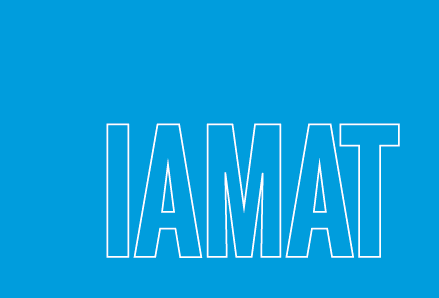The recent polio (poliomyelitis) outbreaks in Central Asia (Tajikistan, Uzbekistan, Russia) are reminders of how travel and migration can contribute to the re-emergence of a disease in a region previously declared free of infection.
In Tajikistan, for example, the country was declared polio free in 2002, but this year alone 239 children became paralyzed and 15 patients have died of the disease imported from India. The disturbing news is that since 2003 there have been 25 countries – originally declared polio free – that have been re-infected. (Kenya, Uganda, Burkina Faso, Benin, Togo, Cameroon, Burundi, Central African Republic, Cote d’Ivoire, and Guinea are some of the countries that have since taken steps to control the reappearance of polio.)
Travellers who are un-vaccinated or under-vaccinated (did not complete the vaccination series) are at risk of infection where polio is still a threat.
Polio is well on its way to being eradicated around the world – since 1988 there has been a 99% decrease in the number of reported polio cases worldwide. Still, parts of Nigeria, India, Pakistan, and Afghanistan remain polio endemic. This year, there is encouraging news from Nigeria where only 3 cases have been reported so far in 2010 compared to 312 cases in 2009 during the same time period.
Polio’s continuing presence and re-emergence is largely due to a lack of funding and access to vaccines (the World Health Organization expects a $1.3 billion shortfall over the next 3 years in funding for polio research and vaccination programs). Systemic poverty – crowded living conditions, poor sanitation, high birth rates, malnutrition, little or no access to healthcare – and armed conflicts make it even harder to eradicate the disease, not to mention travel. Unvaccinated Hajj pilgrims, for example, were one of the sources for spreading polio around world; either having contracted the infection in Saudi Arabia and importing it back home or vice versa. However, by implementing strict travel health entry requirements (travellers who are not vaccinated or cannot provide proof of vaccination, get inoculated at the border), Saudi Arabia has been a key player in helping to eradicate the disease.
Polio is a highly contagious childhood disease, mainly affecting children under 5 years of age, although it has repercussions throughout a person’s adult life. The poliovirus spreads from person to person through the fecal-oral route (ingestion of contaminated water and food) or through the respiratory system (infected air droplets and saliva). The incubation period (before symptoms show up) can be anywhere from 3 to 35 days, but a person is usually infectious between 7 days before and 10 days after the appearance of symptoms.
The difficulty with diagnosing polio is that some people do not exhibit symptoms or mild cases where patients suffer from headaches, fever, vomiting, neck and back pain, and extremities, including lethargy, are misdiagnosed for another illness. In severe cases (1 in 200 people), the virus attacks the central nervous system and patients see their muscles weakening, have difficulty controlling their movements, and become paralyzed.
The best prevention is to get vaccinated (routinely given as a series of childhood vaccinations, so you may already be protected). However, if you are travelling to endemic areas or where polio is still a risk, you may need additional protection (one booster as an adult). Other prevention methods include washing your hands, eating well cooked foods and drinking bottled water or purifying your water (tablets, purifier). Avoid crowded areas and places with poor sanitation.
See IAMAT’s World Immunization Chart or our online Disease List where a polio booster is recommended.
For more information see the Global Polio Eradication Initiative website. GPEI is an initiative by national governments, the World Health Organization, Rotary International, UNICEF, and the Centers for Disease Control and Prevention that funds and coordinates polio eradication programs worldwide.



